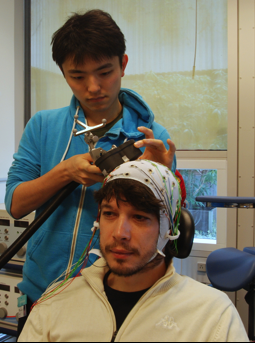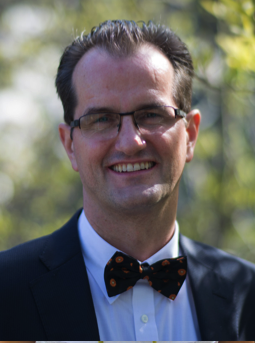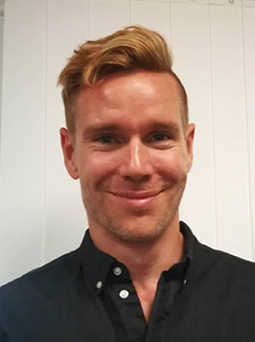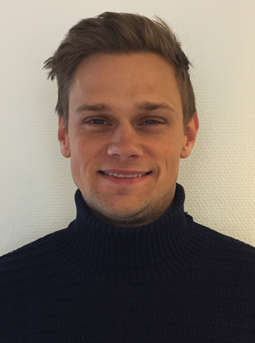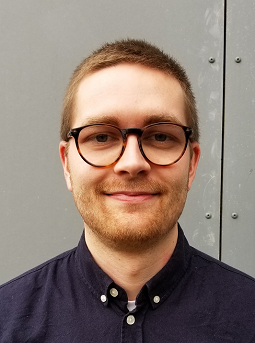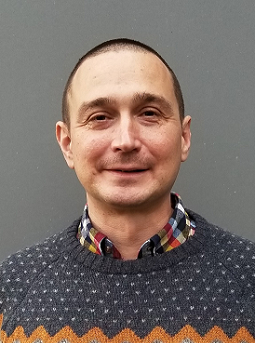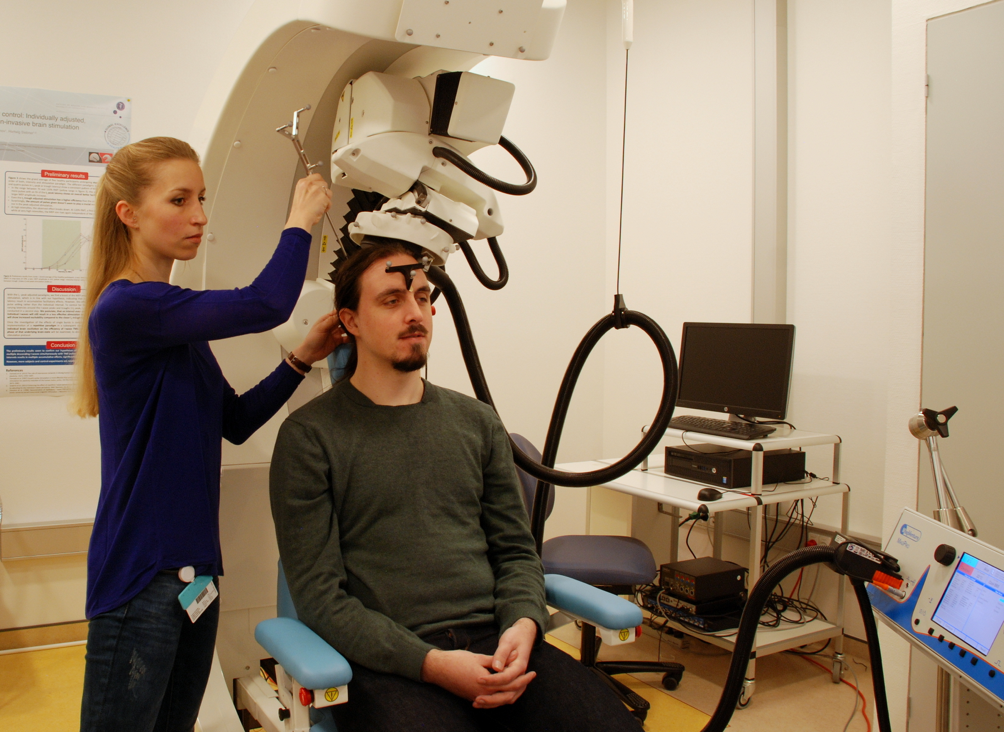
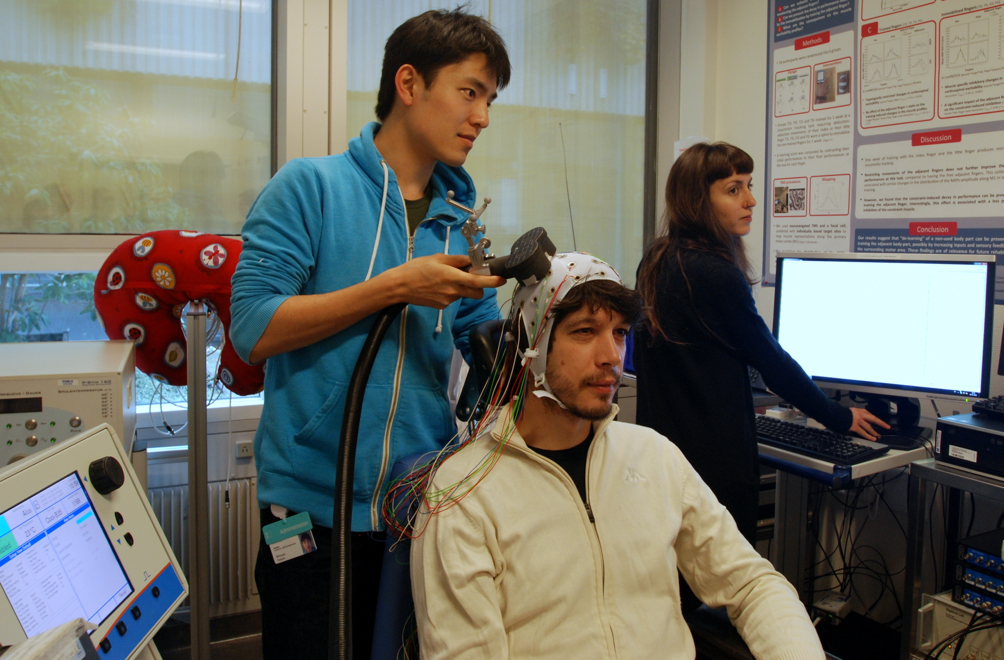
The ability of NTBS to shape brain function has enormous scientific and therapeutic potential. However, the underlying mechanisms of NTBS are still poorly understood. The Brain Network Modulation group (formerly named the Precision Neuromodulation and Therapy group) has two main goals: (i) to advance NTBS as interventional tool to modify brain activity, and (ii) to use NTBS to uncover and optimize causal interactions in functional brain networks.
The Brain Network Modulation group studies the effects of NTBS in the human brain, both the local effects of NTBS on the stimulated brain region and remote effects in interconnected brain regions. The group has published several landmark papers showing that NTBS can trigger a homeostatic plasticity-like effect in the human motor cortex. We have also shown that NTBS can produce lasting effects on sensorimotor processing and action selection by changing effective connectivity in sensorimotor networks.
- To better understand how NTBS acts on the brain, we capture the neurophysiological effects of NTBS using electrophysiological (MEP, EEG) and advanced brain mapping techniques (MRI, MRS) and relate these changes to NTBS effects at the behavioral level. We use computational modelling at the behavioral and neurophysiological level to test our research hypotheses about how NTBS changes the functional integration in the targeted brain networks.
- To enhance the efficacy and reliability of NTBS, we develop new, biologically informed stimulation protocols. Here we draw inspiration from the natural activity patterns (motifs) which are generated by the brain itself.
- To closely interact with the brain´s ongoing activity, we monitor the ongoing expression of functional brain states with neurophysiological methods. We use this information to inform the timing and pattern of NTBS in open-loop and closed-loop NTBS set-ups.
The Brain Network Modulation group is headed by Prof. Hartwig Siebner and is a main contributor to the ongoing PRECISION-BCT project funded by Innovation and led by Hartwig Siebner. We closely collaborate with the “Neurophysics” research group and the “Control of Movement (CoMo)” group.
Key projects
- Linear shape-based mapping of the primary motor hand area (M1-HAND) to study representational plasticity of intrinsic hand muscles in human M1-HAND
- Targeting the phase of intrinsic brain oscillations with EEG-guided TMS
- Optimizing patterned NTBS of the human motor cortex
